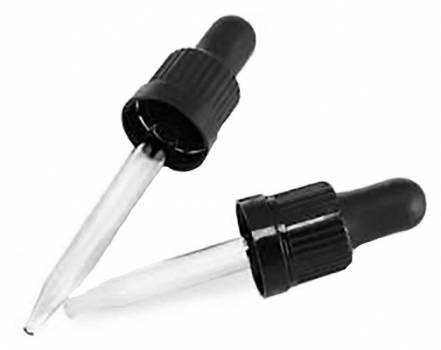Welcome Sign in
Product successfully added to your shopping cart
There are 0 items in your cart. There is 1 item in your cart.
Celery Seed - Apium graveolens
Celery Seed as known as smallage or wild celery, is a strongly scented, erect, biennial herb of the carrot family (Apiaceae, or Umbelliferae) widely distributed in moist places within the temperate zones, and grown for use as a flavouring similar to celery. In traditional medicine, smallage roots are used as a carminative and its leaf stalks as a soothing tea.
New
Available
Data sheet
| County of Origin | India, Hungary, USA |
| Therapeutic Properties | Analgesic, antiarthritic, anticonvulsive, antioxidant, antirheumatic, antiseptic (urinary), antispasmodic, aphrodisiac, carminative, cholagogue, depurative, diuretic, emmenagogue, hypotensive, nervine, sedative, uterine stimulant, tonic, vulnerary |
| Botanical Family | Apiaceae |
| Chemical Family | Monoterpene, Sesquiterpene |
| Approx. Shelf Life | 6 - 7 years |
| Plant Parts | Seeds |
| Note Classification | Middle |
| Method of Extraction | Steam Distilled |
| Blends well with | Basil, Cajeput, Chamomile, Grapefruit, Lemon, Orange, Palmarosa, Rosemary |
| GC/MS | Available upon request |
More info
History: Ayurvedic medicine used celery for water retention and indigestion. Used in Europe for gout and rheumatism. Celery seed has long been used in foods, especially salad dressings.
Characteristics: Celery is a biennial plant that grows to 12-24 inches with a smooth stem and soft leaves sporting white flowers. It has been used as a fragrance component in soaps, detergents, cosmetics and perfumes. Native to southern Europe, Celery is extensively cultivated as a domestic vegetable with Celery Seed Essential Oil being primarily produced in India, Holland, China, Hungary and the USA.
Clinical Studies:
Indications: Used for puffy, red or water logged skin, bronchitis, congestion, dissolving accumulated acid in joints, cystitis, gout, renal detoxification, to increase urine flow.
Personality Profile:
Subtle Aromatherapy:
Mode of Administration: Bath (only with proper carrier oil), inhaler, massage, mist spray.
Safety: Dilute before use; for external use only. May cause skin irritation in some individuals; a skin test is recommended prior to use. Contact with eyes should be avoided.












